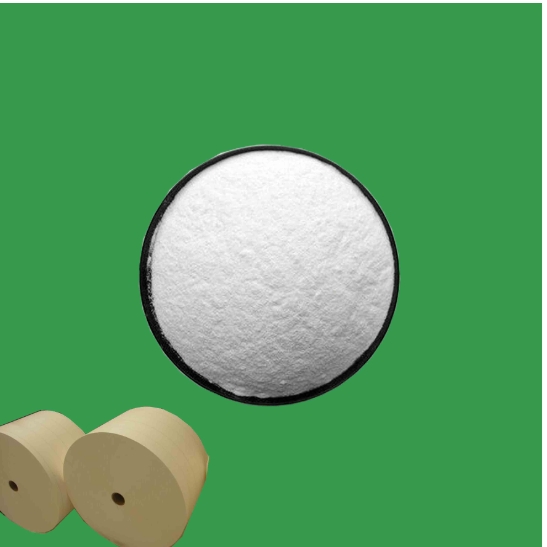
نوفمبر . 30, 2024 03:27 Back to list
Effects of TiO2 Treatment on Environmental Remediation and Catalytic Performance Innovations
The Role of TiO2 Treatment in Water Purification
In recent years, environmental concerns have spurred significant interest in advanced water purification methods. Among these, the use of titanium dioxide (TiO2) treatment has emerged as a prominent technology due to its unique photocatalytic properties. TiO2 is a widely used semiconductor that plays a crucial role in breaking down pollutants through a process known as photocatalysis. This article delves into the mechanisms, benefits, and applications of TiO2 treatment in water purification.
Understanding Photocatalysis
Photocatalysis is a process that accelerates a photoreaction in the presence of a catalyst. When exposed to ultraviolet (UV) light, TiO2 generates electron-hole pairs. These pairs can initiate reactions that break down organic contaminants and pathogens in water, effectively transforming harmful substances into harmless byproducts like carbon dioxide and water. This efficiency makes TiO2 a powerful tool in addressing various pollutants such as dyes, heavy metals, and pharmaceutical residues.
Mechanisms of TiO2 Treatment
The treatment process usually begins with the absorption of UV light by TiO2 particles suspended in or coated onto the surface of materials. This excitation leads to the formation of reactive radicals, notably hydroxyl radicals (•OH), which are highly reactive and capable of degrading a wide range of organic compounds. The process also involves the adsorption of pollutants onto the TiO2 surface, where they undergo oxidation reactions. These reactions result in the mineralization of contaminants, breaking them down into simpler, less harmful molecules.
Advantages of TiO2 Treatment
One of the most significant advantages of TiO2 treatment is its ability to operate in the presence of sunlight, making it a viable option for sustainable water purification. Since TiO2 is abundant and relatively inexpensive, any technology derived from it can potentially be cost-effective. Moreover, TiO2 exhibits high stability, resistance to photocorrosion, and a long lifespan, which enhances its practicality in various applications.
tio2 treatment

Another key benefit is its broad-spectrum applicability; TiO2 is effective against a diverse range of pollutants. For instance, studies have demonstrated the capability of TiO2 to degrade pharmaceutical contaminants, personal care products, and even microplastics. Additionally, it has been shown to inactivate bacteria and viruses, making it an essential component in disinfecting water supplies.
Applications in Water Purification
TiO2 treatment is finding applications in various fields of water purification. In industrial settings, TiO2 is used to treat wastewater, where it helps reduce pollutant levels before water is returned to the environment. In household applications, TiO2 coatings are being developed for water filtration systems and self-cleaning surfaces. These coatings can break down organic material and reduce the buildup of biofilms, promoting cleanliness and hygiene.
Moreover, research is exploring the incorporation of TiO2 into advanced materials, such as membranes and nanomaterials, to create hybrid systems that maximize efficiency. For example, the combination of TiO2 with advanced oxidation processes (AOPs) has shown promising results in elevating degradation rates of complex pollutants.
Challenges and Future Directions
Despite its advantages, the use of TiO2 treatment is not without challenges. The need for UV light implies energy consumption, which can diminish the sustainability appeal of this technology. Moreover, the effectiveness of TiO2 can be limited by factors such as the presence of competing ions in the water and the efficiency of light penetration. Thus, ongoing research is pivotal in developing methods to improve its performance, such as doping TiO2 with other materials to extend its activity range into the visible light spectrum.
In conclusion, TiO2 treatment represents a promising solution for modern water purification challenges. Its photocatalytic properties offer a powerful mechanism for breaking down pollutants and disinfecting water sources. By continuing to explore and optimize its applications, TiO2 can play a vital role in advancing sustainable practices, ensuring clean and safe water for future generations. As environmental pressures increase, such technologies will be essential in mitigating pollution and protecting our invaluable water resources.
-
High-Quality Titanium Dioxide 298 for Versatile Industrial Applications
NewsJul.23,2025
-
High-Quality Titanium Dioxide for Pigments & Industrial Applications
NewsJul.22,2025
-
Premium Titanium Dioxide E Grade | Bright & Cost-Effective
NewsJul.21,2025
-
Premium Titania TiO2 Supplier & Manufacturer | Buy Online
NewsJul.20,2025
-
High Quality China Black Iron Oxide Powder Supplier Competitive Price & Fast Delivery
NewsJul.08,2025
-
High Quality Titanium Dioxide Used in Rubber – Trusted Supplier & Factory Price
NewsJul.08,2025
